Jesy J20 ruggedized phone
Jesy is one of the smaller Chinese phone makers. Its last new product was in 2018, so it is hardly a prolific one.
Its previous design, the J11 Pro, came with Android 8.0 (Oreo), used the MediaTek Helio P20 SoC with 6GB of RAM alongside 128GB of storage.
Its latest design uses 2021 MediaTek silicon, offers 8GB of RAM, and has up to 512GB of storage depending on the model.
Does the J20 give Blackview, Oukitel and Doogee some genuine opposition, or does the lack of track record and marketing approach prove to be insurmountable barriers to success?
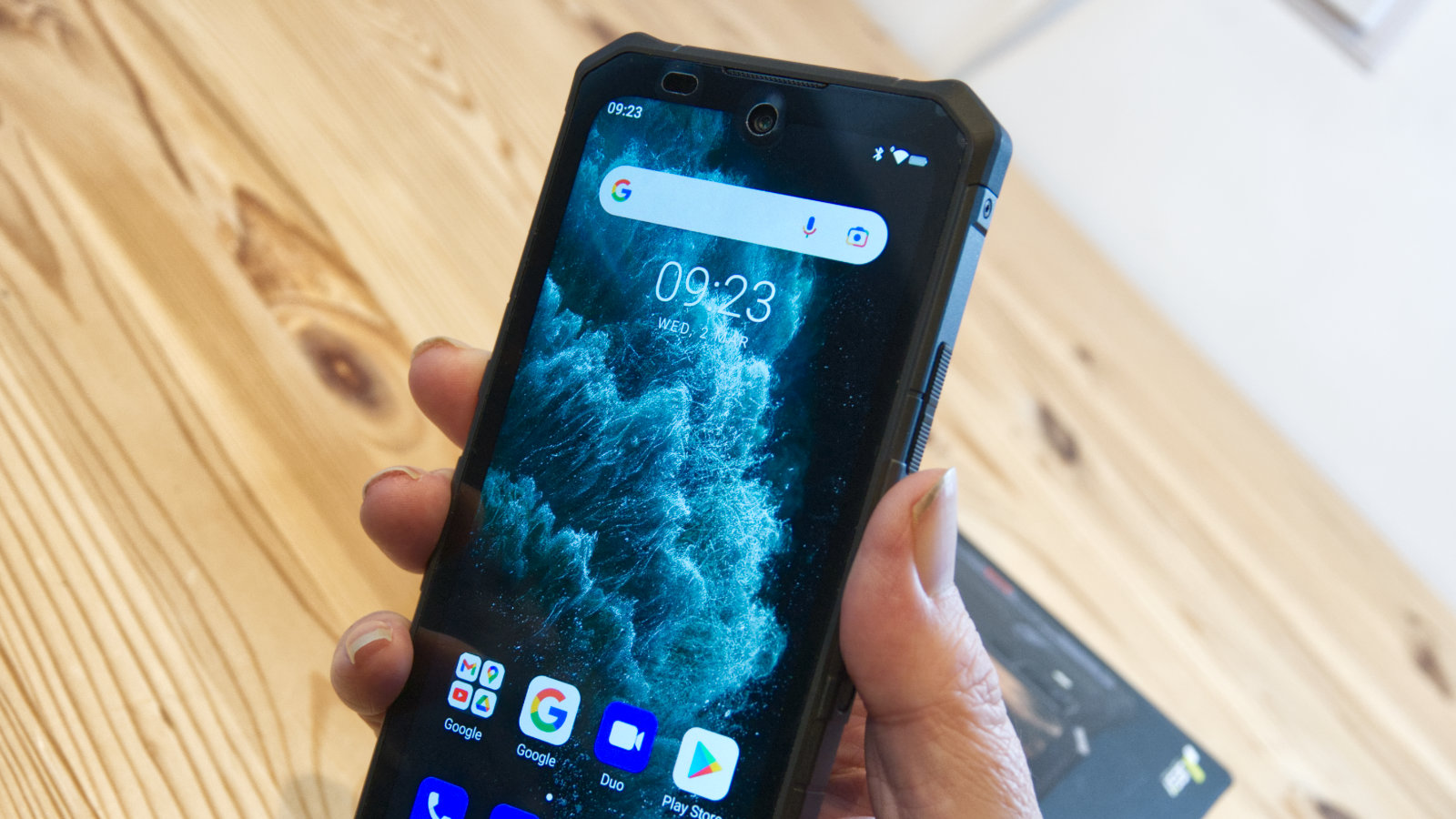
Price
On the 1st of March 2022, Jesy launched a Kickstarter campaign for the J20, with the initial offering being staggered depending on how early you pledge.
The first 200 people can get the 8GB RAM and 256GB storage model for HK$ 2,799 (£268).
Another 500 subsequent people can get the same hardware for HK$ 2,985 (£285), or the first 2000 people can get a larger 512GB storage model for HK$ 3,680 (£352).
There are also deals for multi-phone commitments, should you want more than one J20, reducing the unit price on each one.
These prices include shipping, but only to certain countries. And, should the Campaign be successful backers can expect a phone by June 2022.
You can also donate to the Kickstarter with no phone reward if you give your money away.
While this has become common practice, the J20 exists, and manufacturing has begun, so why does Jesy need a Kickstarter campaign?
The answer appears to be that Jesy would like potential customers to take some of the financial risk associated with this project and promote its products through this campaign.
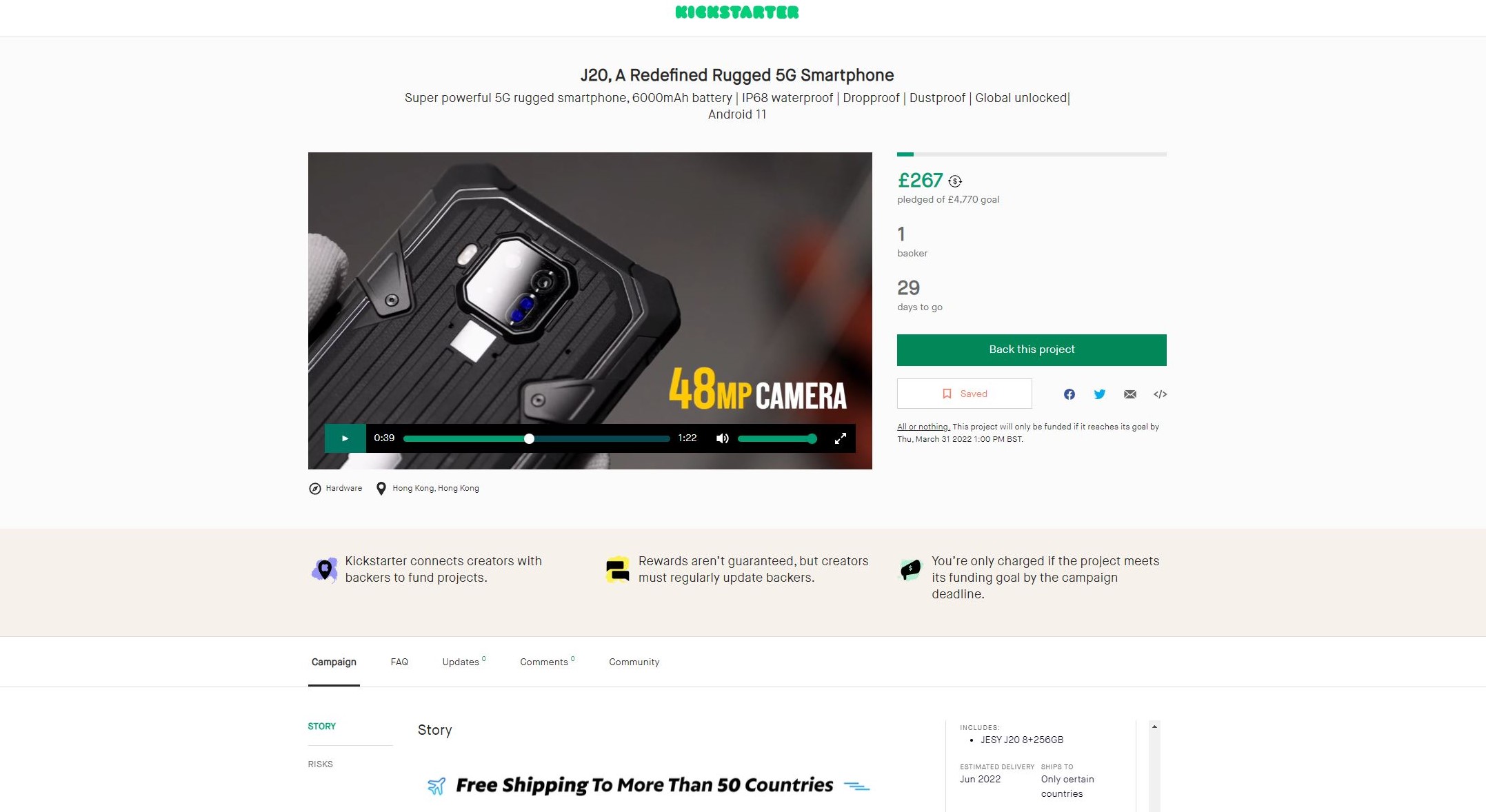
Design
Where Doogee and Blackview appear to be moving away from the more theatrical design aesthetics associated with ruggedized designs, Jesy is still embracing those.
Visible screw heads and a ribbed rubberised underside are its signature visual styling on the phone underside. Though, oddly none of these things will protect the four-sensor camera cluster on the back as it stands proud of the abuse protected underside.
Alongside the camera bulge is a flash LED, and beneath it is IR illumination for the night vision mode.
The lack of a flat underside and the camera lump should also make it impossible for the J20 to have wireless charging, but it does even if getting it to function is somewhat fiddly to operate.
All the phones of this type we’ve seen go with the same button layout, with the right-side having volume controls and a fingerprint reader. On the left edge is a TTS (talk-to-speak) button that can be programmed for any function depending on needs.
The J20 has exactly this layout with one small deviation. On both recent Doogee and Blackview models, the fingerprint reader is also the power button, but the J20 has an entirely separate power button alongside the reader.
If this is a good thing or just an unnecessary complication, we’re unsure, but that is how Jesy made the J20.
Like is the fashion these days, there is no audio jack, and the only external port is a USB-C port hidden under a rubberised plug on the bottom edge. There wasn’t a USB-C to 3.5 audio jack adapter in our review phone, but the foam in the box appeared to have a place for one, revealing it may have been omitted by accident.
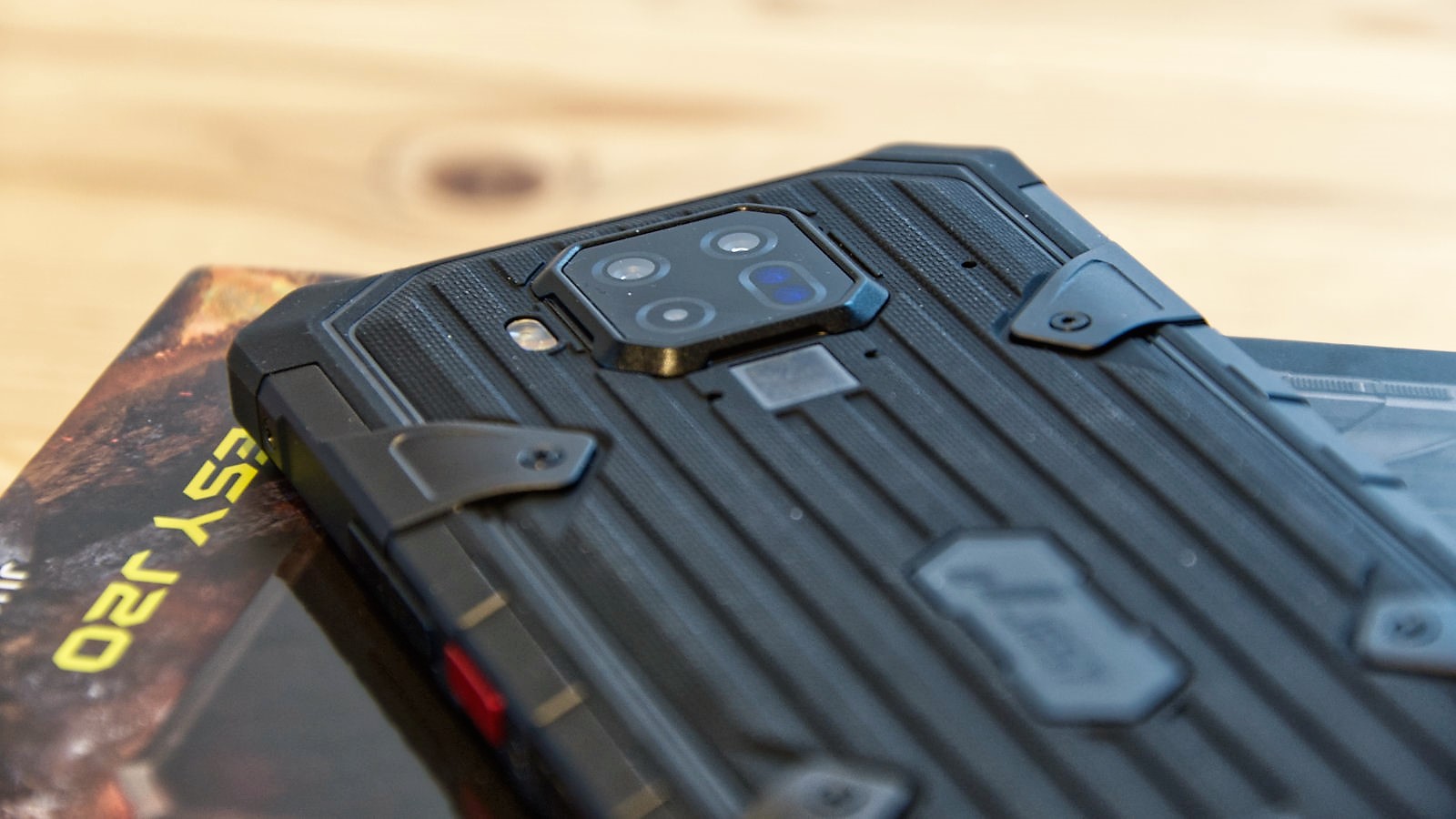
We’ve talked in other reviews about how awkward the rubber plug can be when recharging and how failing to replace it undermines the waterproofing, and Jesy hasn’t solved that problem in the J20.
Most rugged phone designs have a large screen, and the J20 comes with a high resolution 6.3" IPS TFT. It’s a bright panel with a reasonable colour, but it doesn’t extend to the edges of the frame on either the top, bottom, or sides. It also has a mask that rounds the corners and has a cut-out for the front-facing camera.
When watching YouTube, you don’t notice these things, as the system automatically crops the display to avoid showing these features. And, the resolution of the panel has a wider aspect ratio to avoid cropping the top and bottom of most content in landscape mode.
In our initial encounters, we noticed little that was novel or radical about this design, as it used a mostly by-the-numbers Android 11 installation and has the hardware to exploit that OS effectively.
A closer look at the hardware revealed some more interesting choices that coloured our view of where the J20 sits in the Parthenon of ruggedised phones.
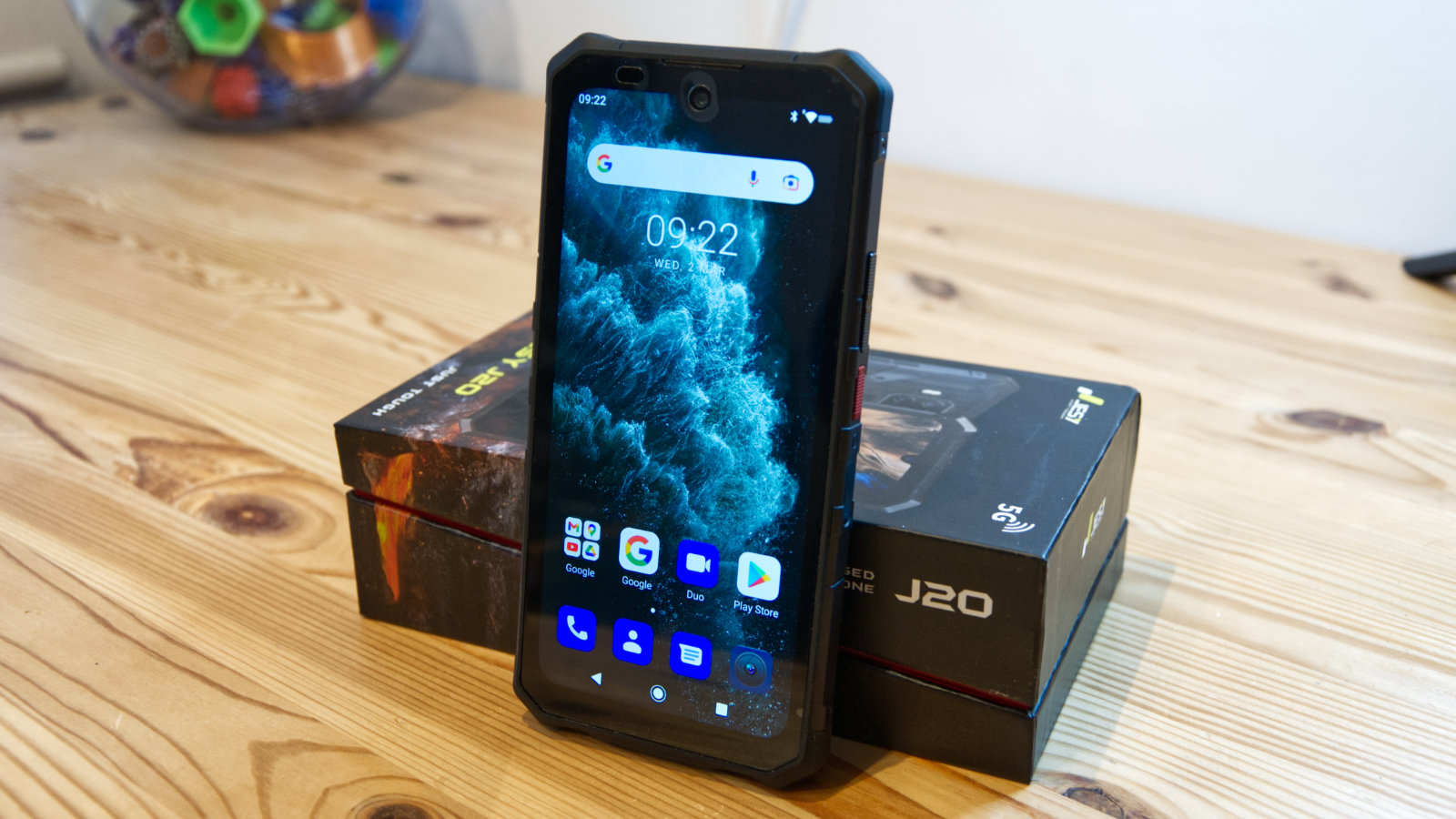
Hardware
The Jesy J20 that was sent to us for review came with the following hardware:
CPU: Dimensity 700 MT6833 Octa Core 2.2GHz
GPU: ARM Mail-G57 MC2
RAM: 8GB LPDDR4X
Storage: 128GB
Screen: 6.3" IPS TFT
Resolution: 1080 x 2340
SIM: Nano + Nano/T (hot swap)
Weight: 300g
Dimensions: 170 x 83 x14.8 mm
Rugged Spec: IP68, IP69K and MIL-STD-810H
Rear camera: Triple camera (48MP + 20MP +1.9MP) with night vision
Front camera: 16 MP Sony sensor
OS: Android 11
Battery: 5700 mAh
The J20 uses the same MediaTek SoC that we’ve seen in other Chinese phones, including the Doogee V20, the Dimensity 700 MT6833. This chipset includes two high-performance ARM Cortex-A76 cores, clocked to 2.2 GHz, six power-efficient 2GHz Cortex-A55 cores and a Mali-G57 MC2 GPU.
And, also like the V20, this phone the SoC is wired to 8GB of LPDDR4X RAM and 256GB of inbuilt storage. Though, our review model had only 128GB, curiously.
This platform is fine for most uses, though it doesn’t compete with the latest Google or Samsung ARM-based technology for raw power. What it does provide is a stable environment to run Android 11, and effective curating of battery power.
The SoC is probably the most normal part of this design, as the screen and camera are both much less conventional.
While being bright and sharp, the IPS screen on the J20 is a curious 1080 x 2340 resolution, that’s not the same dpi in both x and y directions and has a non-standard ratio of 19.5:9.
Further unusual features include an overlay mask that rounds off the corners and has a cut-out for the front-facing camera.
But in terms of oddness, the rear camera cluster wins that competition outright. It has three sensors for standard photography and video, but also a special night vision mode.
These are 48MP, 20MP and 1.9MP and have the potential for capture at up to 8000 x 6000 resolution stills and video at 2560 x 1440.
We can confirm that the pictures are at that resolution, as that's the only option.
For whatever reason, the camera app offers no resolution controls for still images that we could find. It has beauty shots, macro, manual control, and even night vision. But incredibly, no resolution controls.
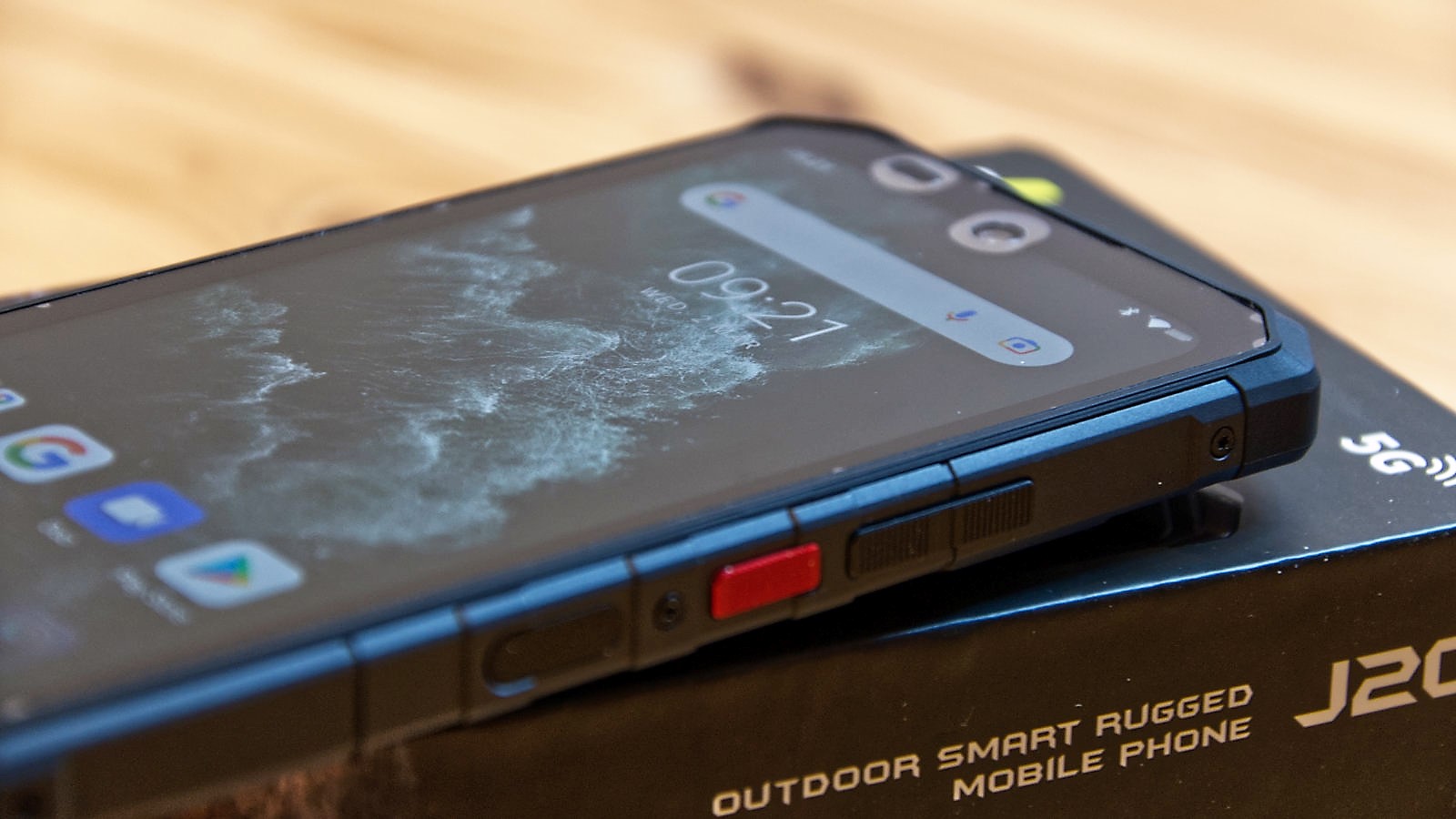
Video is equally odd in that it does have resolution control, but up to a maximum of only 1080p. Capturing video, therefore, uses just 4% of the main camera sensor’s full capability.
The only upside to this oversubscription is that image and video capture has excellent motion compensation, and digital zoom is often lossless.
Another area worthy of note is that this is a 5G capable design, but it has no WiFi 6 mode, and the wireless connection is exclusively 1x1 MIMO at best. It also only offers Bluetooth 5.1, not the 5.2 that most phones now come with.
Those specifications suggest some cost-cutting were made during development, and these savings also impacted the charging electronics. Many of the latest rugged designs we’ve seen sport 33W fast charging, where the J20 only accepts 18W charging.
With a smaller battery than the Doogee V20, as an example, it takes longer to fully recharge.
Performance
This is how the Jesy J20 performed in our suite of benchmark tests:
Geekbench: 542 (single-core); 1658 (multi-core)
PCMark (Work 3.0): 8415
Passmark: 9361
Passmark CPU: 4528
3DMark Slingshot: 3472 (OGL)
3DMark Slingshot Extreme: 2456 (OGL). 2196 (Vulkan)
Wild Life: 1103 (Vulkan)
HWBot Prime: 4852
Unsurprisingly given they use the same SoC, the scores of the J20 track accurately the Doogee S20.
These are decent numbers, though not anything groundbreaking compared to the ARM directed chips that are in the latest Samsung Galaxy line and the Google Pixel 6.
We’d characterise this performance profile as putting it on par with branded flagship designs from 2014, like the Huawei Honor 4X.
For most purposes, the J20 is powerful enough, but it won't be heading the list of any performance charts.
Another weakness is that, like the Blackview BV8800 and Doogee V20 we’ve recently covered, it only offers Widevine L3 stream certification, making the best resolution available from Netflix to be 480p.
We’ve concluded that Widevine L1 certification is more than Chinese phone makers are prepared to pay, making them all disappointing for those that use their device to stream regularly.
The camera is excellent even with the lack of controls, although in most images, the colour saturation levels are higher than would be experienced naturally.
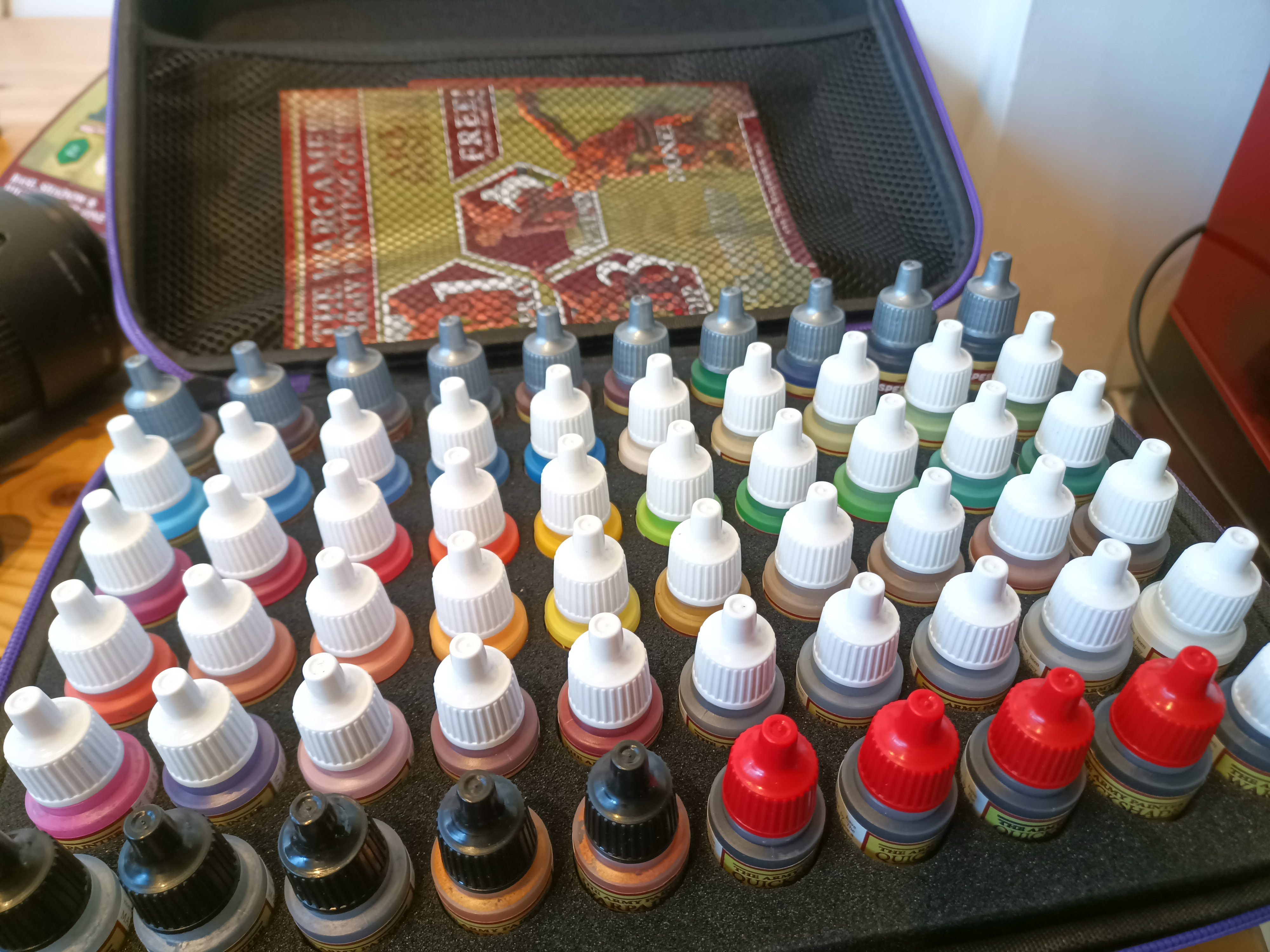


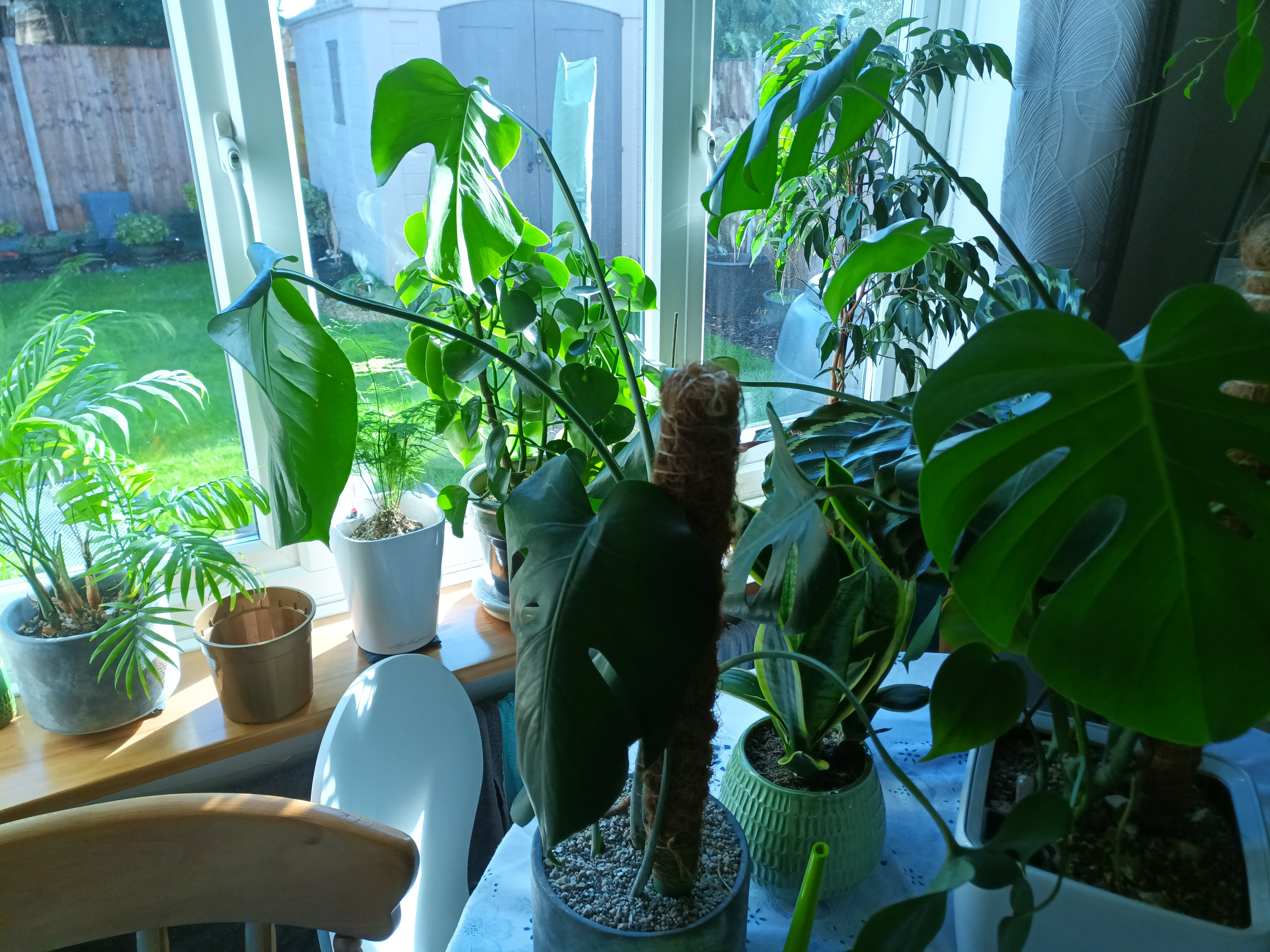
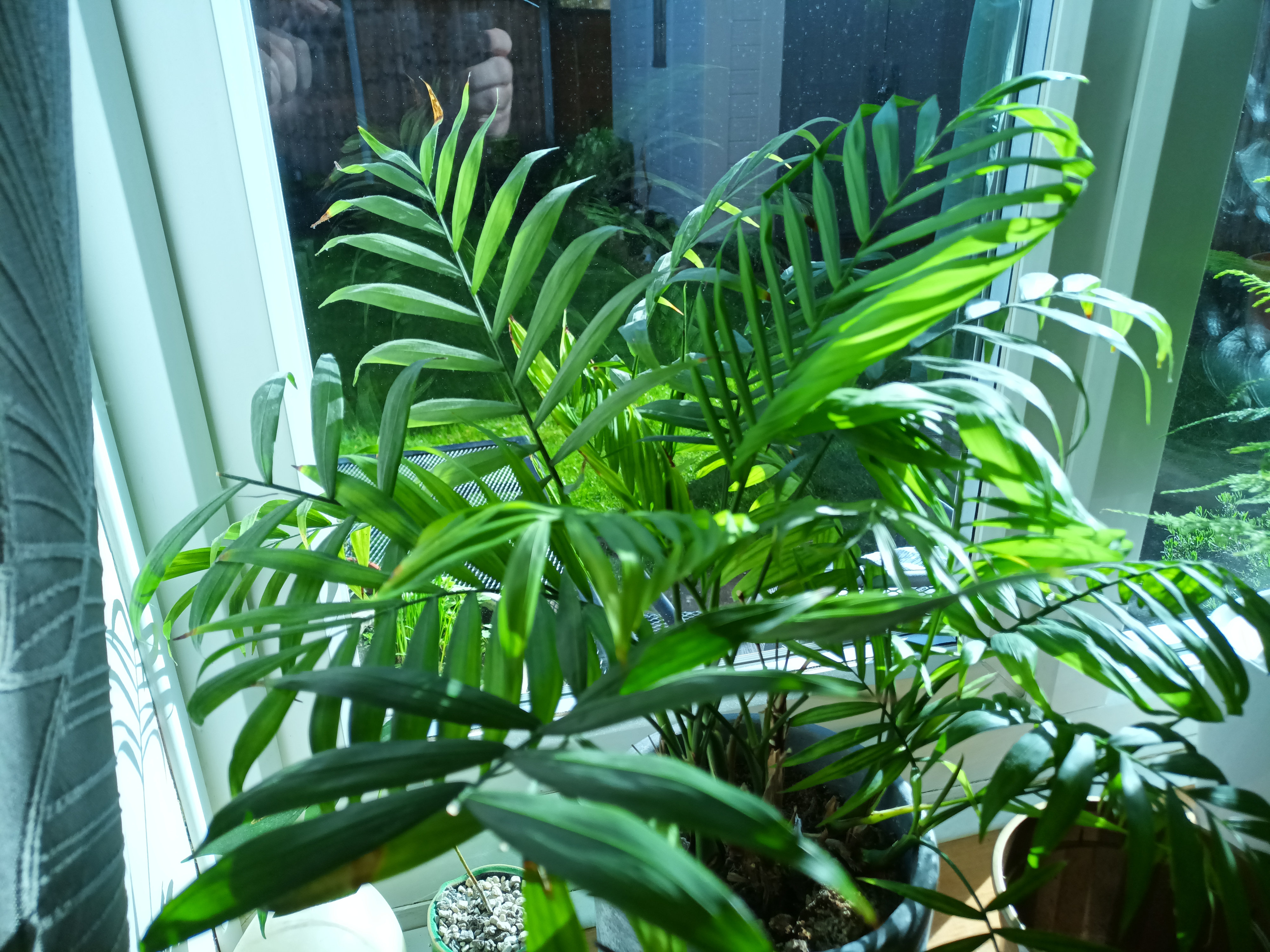


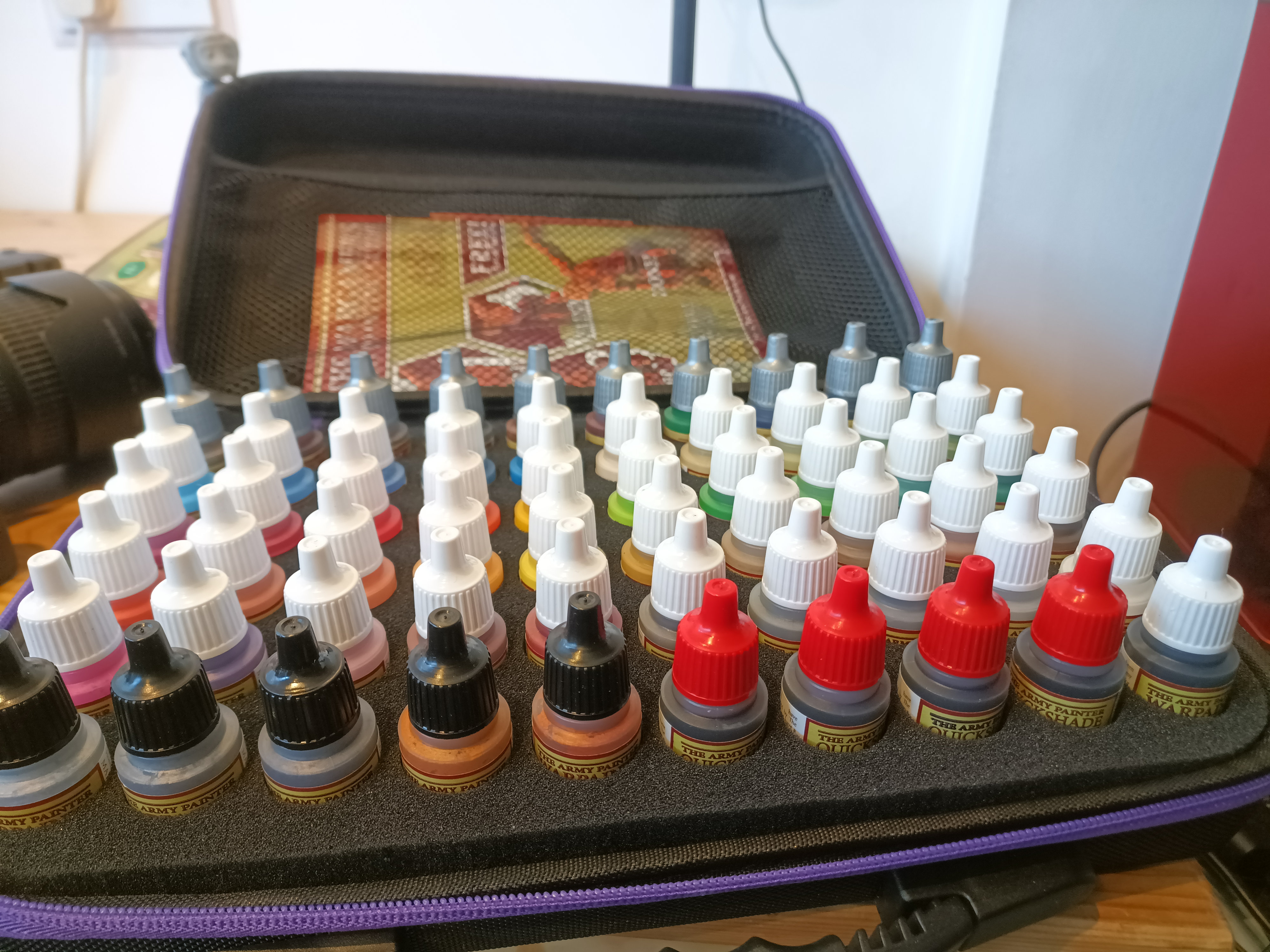

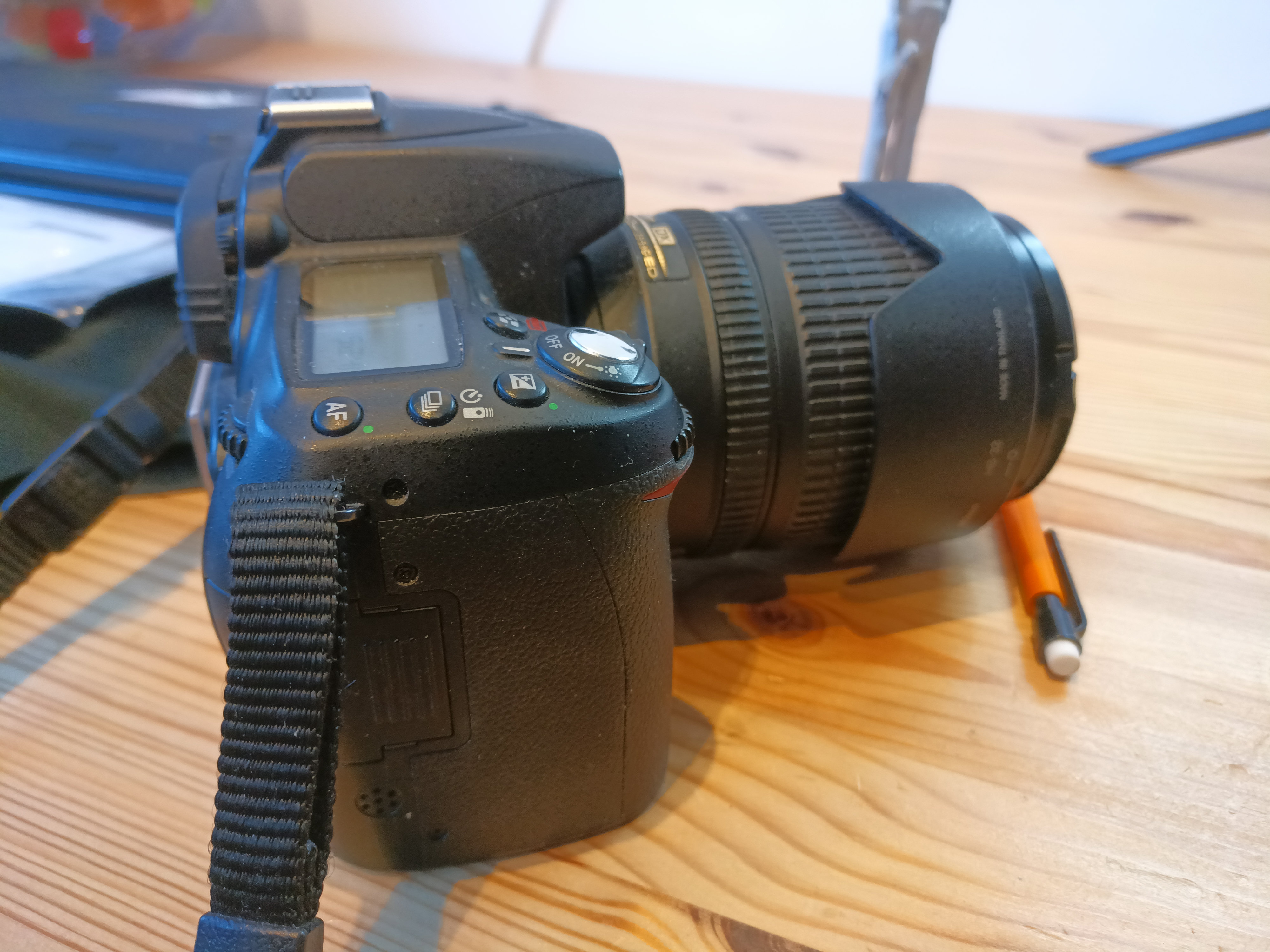

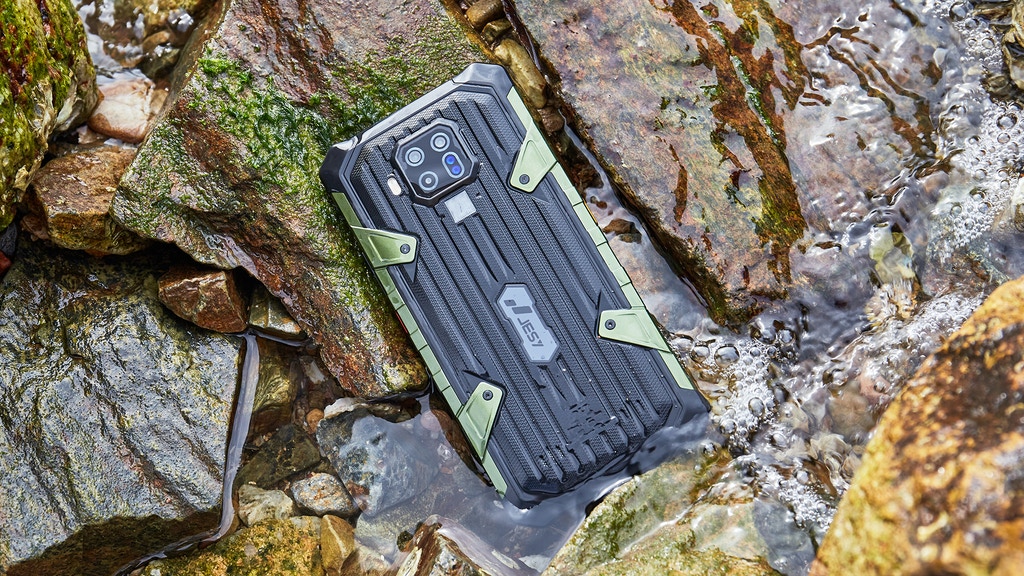
Final verdict
The herd of elephants in this room is a brand that hasn’t launched a new product in four years, with a Facebook page that hasn’t had a posting since that time, launching a product they’ve already built on Kickstarter.
Since we’ve had the review hardware, it isn’t likely that Jesy will fail to achieve its objective, but none of these things provides much confidence from a potential customer perspective.
The phone is something of a curious mix of things that are known quantities and others that are entirely left field. The camera cluster has a decent specification but hasn’t been exploited well, and the default colour settings are excessively over-saturated.
Video resolution is poor, still image taking has no resolution controls, there aren’t any HDR modes for either. In short, the camera functionality is a mess.
Equally, the J20 has 5G and LTE, but the WiFi is single frequency and channel, and it comes with a charger but can only accept 18W of recharge power.
It’s also more expensive than the specifications would suggest and looks overpriced compared with the likes of the Blackview BV8800 and others.
There are a few good things here. The case appears well made, the screen is clear if an odd resolution and the Android 11 isn’t far from being Vanilla.
When you add all this up, given the number of very reasonably priced ruggedized designs that have launched recently, this might not be the one we’d be inclined to back on Kickstarter.
- Also check out our complete list of the best rugged smartphones
0 comments:
Post a Comment